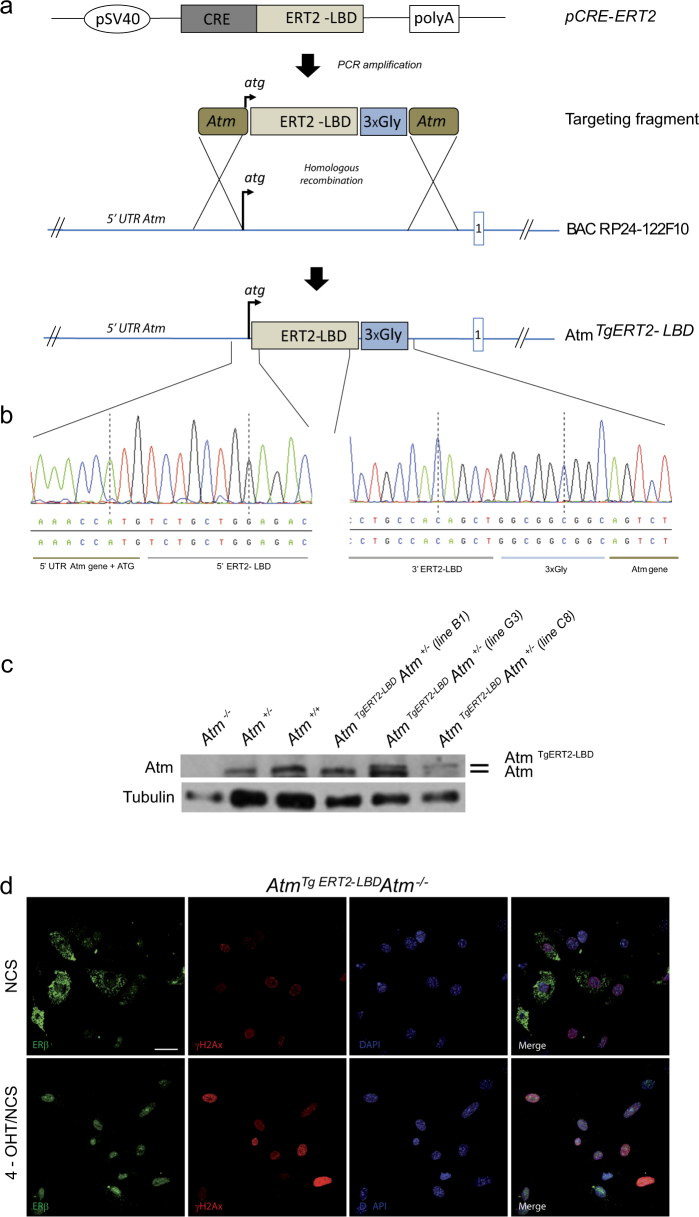Fig. 1. Generation of AtmTgERT2-LBD transgenic mouse model.
a Schematic representation of BAC construct for the generation of mouse models carrying a tamoxifen-inducible version of wild-type Atm. The pCRE-ERT2 plasmid was used to amplify the modified mouse estrogen receptor ligand-binding domain (ERT2-LBD). Primers for ERT2-LBD amplification were flanked by 100 bp Atm oligos surrounding the ATG site. Three glycine residues were introduced between the 3′ end of LBD and the first amino acid of Atm to ensure the correct protein folding. The Atm-ERT2-LBD-Atm fragment was inserted into the wild-type Atm BAC RP24-122F10 by homologous recombination to obtain an AtmTg ERT2-LBD BAC. The first intron is reported in the scheme. b Sequence chromatogram showing the correct insertion of Atm-ERT2-LBD-Atm fragment in the murine Atm BAC. c Western blot analysis showing AtmTg ERT2-LBD expression in thymocytes of two founder lines (G3 and C8) crossed to Atm+/− mice. Endogenous Atm (lower band) and transgenic Atm (upper band) are shown. d Immunofluorescence on AtmTg ERT2-LBD Atm−/− embryonic mouse fibroblasts treated or not for 24 h with 4-OHT and damaged with NCS 500 ng/ml for 10 min. ERβ staining (green) to detect Atm and γ-H2AX (red) are shown. DAPI was used to stain nuclei. Scale bar 50 μm

